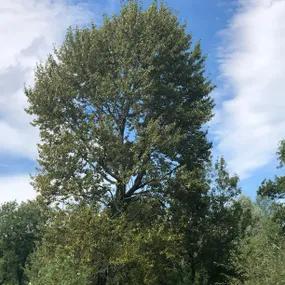Trees Delivered in Large Sizes
Order Potted Trees Now For July Delivery
Pre-Order Bareroot Trees For 2025/26 Winter Season
Delivering big trees in standard sizes, meaning a well branched young tree with at least 1.8 metres of clear stem, or 1.2m for a half-standard, is one of our oldest specialities!
Browse our fruit trees instead, or have a look at our sapling trees suitable for forestry or hedging.
What should I know about buying potted trees?
The majority of trees in the UK are planted bareroot in the Winter planting season, November to March.
Pot-grown trees are equally good and can be planted year round as long as you water them!
Our potted trees should be planted out promptly, either to open soil, or a larger container.
They could live in the pot they come in, with irrigation, for almost a year before urgently needing repotting. But that nursery pot is intended as a "lifeboat" to get the trees to your garden, not a long term home.
Which trees can I buy in pots?
The most popular tree varieties are both sold in pots for year round delivery, and bareroot for the Winter planting season (November to March).
Our bareroot range is the widest, but the varieties we grow in pots as well are the most in demand.
To add colourful interest to a new row of trees, you cannot beat a range of garden bulbs.
- Order now, pay later: we don't charge your card until before delivery
- When your order is ready: your mail order trees are delivered by next working day courier (not the next working day after ordering!)
- Friendly support: if there is anything wrong with your plants when you inspect them, Contact Us within 5 working days
All bareroot plants are covered by our Refund Guarantee, so you can give them a whirl with complete confidence.
These trees are available in now pots for Summer delivery:
- Amelanchier 'Robin Hill' - When people ask us "what tree looks pretty for the longest season?", this is top of the list
- Beautiful bark birches: Snow Queen, native Silver, Himalayan, and Trinity College. Ideal for most gardens with a bit of sun
- Golden Elm, 'Wredei' - Very upright & narrow habit, lovely bright colour
- Common English Oak - Quercus robur, the famous native oak. Old oaks are huge, but they take centuries to get that size!
- Ginkgo biloba - The male clone makes a lovely specimen tree, and thrives in paved urban areas
- Tulip Tree - Liriodendron is a big beautiful beastie
- 'Lutescens' Whitebeam - Native, very tough, only grows to 15m
- 'Royal Burgundy' Cherry Blossom - Purple foliage and hot Autumn colour on an upright tree
- 'Cornubia' Evergreen Cotoneaster - Simple and effective, big bunches of cherry red berries
- 'Gorgeous' Crab Apple - One of the smaller varieties, suits any garden, long-lasting colourful fruit
- 'Evereste' Crab Apple - Monty Don's favourite variety
- 'Greenspire' Lime - Classic avenue tree with tidy, teadrop shaped canopy
- 'Joseph Rock' Chinese Rowan Golden yellow berries & exciting autumn colours
- Vilmorins Rowan Small tree to 4m with profuse flowers and big bunches of pink-white berries
- Olive Trees Pruned to a half-standard lollipop shape, great architectural feature
Which size standard tree should I buy?
We mostly deliver two sizes of standard:
- 6/8cm Girth = Light standards: cheaper & easier to care for, tend to establish even better.
- 8/10cm Girth = Regular standards: instant impact, good aftercare (watering) is even more important.
We generally recommend the 6/8cm girth light standards, especially for larger planting projects.
Conifers and many evergreen trees are sold in the small sizes that establish best, the only tall evergreens we deliver are rootballed Yew and larger potted privet.
It is always vital to water new trees during their first summer, but smaller trees are better at coping with "low" maintenance.
If you need instant impact, or if you are only planting a few trees in a location where they will be well looked after, then go for the 8/10cm girth regular standards.
What is the difference between Bareroot and Pot Grown Trees?
Bareroot plants are by far the best value, the easiest to handle & plant because they weigh so little, and offer the most selection.
They are only delivered during winter and early spring, about November to March, when the plants are dormant, which is the best time of year to plant almost all woody species.
Some plants or larger sizes can only be delivered in pots, and some popular species are sold both bareroot in winter and potted the rest of the year.
There is nothing wrong with Pot Grown plants, but where you have a choice, bareroot is always even better!
FAQ
- What is a Standard Tree? How is it different from a sapling tree?
- I want the biggest trees possible
- Do I Have to Mulch Around My New Trees?
Trees for Places & Uses
- Small Gardens
- Large Gardens
- Native British
- Conifers & Evergreens
- Fastest Growing Trees
- Trees with Catkins
FAQs
When and How do I Plant Trees?
You can plant Pot Grown trees at any time of year, and Bareroot trees during winter, except when the soil is frozen.
The best time to plant trees is from late Autumn to early Spring (November to March), bareroot .
Watch our Tree Planting Video for instructions.
We strongly recommend using Rootgrow over any fertiliser.
Aftercare:
Remember: the two biggest killers of recently transplanted trees are underwatering, and being choked by weeds and grass.
- Regular, thorough watering is vital during dry weather in their first spring and summer, and highly recommended the following summer, especially if there is a heat wave.
- Either remove weeds and grass by hand periodically, or use some form of mulch to suppress them.
Tree Planting Accessories
Standards that are 6/8cm in girth and upwards are quite big trees, so they need a tree planting stake and a tree tie (with a buffer between the tree and the stake) during their first couple of years.
A mulch mat is will suppress weeds & grass, and preserve moisture: remember that dry soil and competition with weeds are the two biggest killers of new trees.
Even with a mat, you should remove anything that manages to grow up between the mat and the trunk in late spring and summer.
You can buy those items separately, or save money with our Tree Planting Pack.
You definitely need a tree guard if there are deer or rabbits about.
In urban areas with no wild animals, tree guards are great for protecting against mowers and strimmers.
For that purpose, you can cut one tree guard into several pieces about 20-25cm long, to act as skirting around the base of the tree.
Mycorrhizal Fungi
We cannot recommend using Rootgrow fungi enough: it makes a huge difference, especially with larger trees, which are scrambling to regrow the root systems that they lost when we dug them up, in order to support their now top-heavy growth above ground.
Mycorrhizal fungi assist the roots in accessing soil nutrients and water, and protect the roots from soil critters.
In return, the tree shares sugar with them, and the result can be over 50% more growth above ground!




 3.webp)
 1.webp)
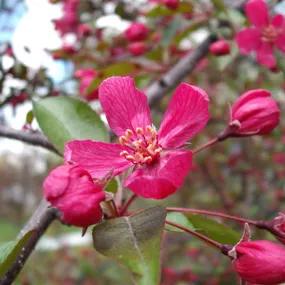

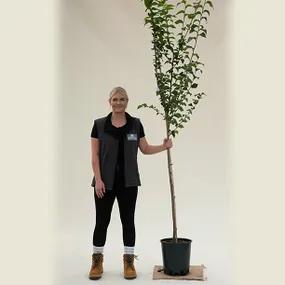
 Hero Img.webp)
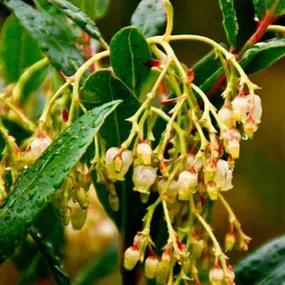
.webp)
.webp)
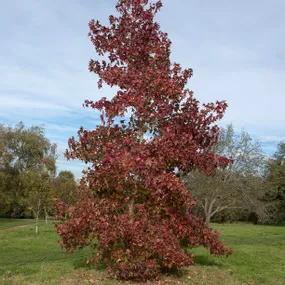
 Hero Img.webp)
